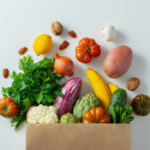
Biostimulant Market Trends and Outlook
Global biostimulants and biofertilizers sales were estimated at almost USD 2.5 billion in 2023, with India, Spain, and Italy having more than 20% growth annually.
JOIN OUR TEAM

Global biostimulants and biofertilizers sales were estimated at almost USD 2.5 billion in 2023, with India, Spain, and Italy having more than 20% growth annually.
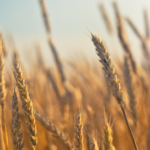
Which of the key trends in the agrochemical industry from 2023 will continue into 2024, and what new trends will be developing? Kline’s team of industry experts has identified the key trends in the agrochemical industry that are expected to persist in the coming year.
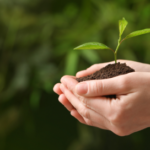
Biostimulants are booming: According to our research, overall sales grew by a CAGR of 9% in 2019-2022 to reach over $2 billion. The U.S. market accounts for more than one-quarter of the global market.
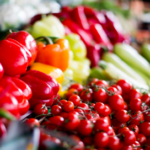
Global sales of biopesticides were estimated at a whopping USD 3.0 billion in 2022, with the United States dominating the market by far.
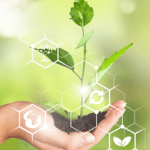
What’s ahead for the agrochemicals industry in 2023?
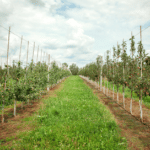
Plant growth regulators (PGRs or plant growth hormones) are defined as organic compounds used to stimulate the growth and development of a plant and are sometimes used as plant growth inhibitors. This market brief provides an assessment of the U.S. market for plant growth regulators, including market size estimates for 2022 and forecasts through 2027.

This report provides an analysis of the growing biopesticides market. It includes technology descriptions, company profiles, and end-use analysis of product pest targets, while providing an outlook and product category forecast for each country/market segment and company.
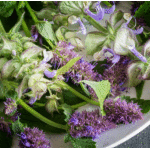
This report will provide a description of the global market for biostimulants. Included in the study will be sales of the key products and active ingredients along with its e specific use.
| Cookie | Duration | Description |
|---|---|---|
| cookielawinfo-checkbox-analytics | 11 months | This cookie is set by GDPR Cookie Consent plugin. The cookie is used to store the user consent for the cookies in the category "Analytics". |
| cookielawinfo-checkbox-functional | 11 months | The cookie is set by GDPR cookie consent to record the user consent for the cookies in the category "Functional". |
| cookielawinfo-checkbox-necessary | 11 months | This cookie is set by GDPR Cookie Consent plugin. The cookies is used to store the user consent for the cookies in the category "Necessary". |
| cookielawinfo-checkbox-others | 11 months | This cookie is set by GDPR Cookie Consent plugin. The cookie is used to store the user consent for the cookies in the category "Other. |
| cookielawinfo-checkbox-performance | 11 months | This cookie is set by GDPR Cookie Consent plugin. The cookie is used to store the user consent for the cookies in the category "Performance". |
| viewed_cookie_policy | 11 months | The cookie is set by the GDPR Cookie Consent plugin and is used to store whether or not user has consented to the use of cookies. It does not store any personal data. |